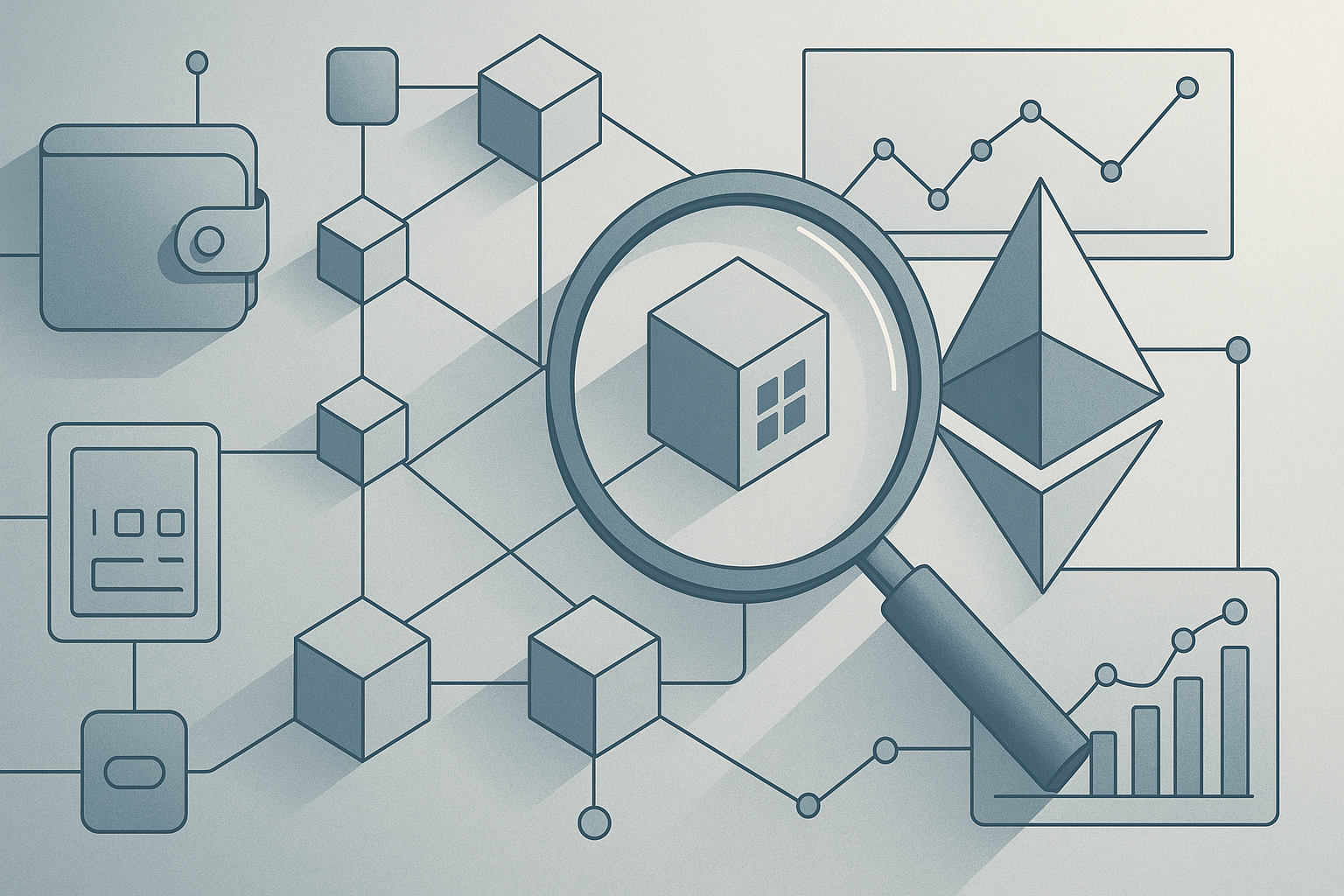Ethereum developers propose raising the per-block gas limit to 60 million under the Fusaka upgrade, a change first reported by CryptoSlate. The proposal aims to increase the number of operations that can fit into each block, and it arrives as node operators and protocol engineers weigh gains against infrastructure costs.
Become a Doc: Profile Ethereum wallets and discover their behavior.
Use WalletAutopsy.
What the proposed gas limit change means
Raising the block gas limit to 60 million changes how many computational steps a block can contain. The gas limit determines how many transactions and on-chain operations validators can include when they produce a block, so a larger limit increases raw capacity per block without altering block time.
For users and decentralized applications, higher per-block capacity can reduce immediate congestion during busy periods and may lower the frequency of sudden fee spikes. Analysts working with crypto analytics tools will track whether average usage expands to fill the new headroom or whether fee markets respond in other ways.
Technical trade-offs under consideration
Increasing the gas limit carries predictable costs for validator and full-node operators. Larger blocks usually require more CPU cycles to execute transactions, more memory to hold execution state, and more bandwidth to relay and verify blocks. These are the operational realities node operators are assessing now.
Consensus developers and client teams are studying propagation impact and how increased block sizes affect block validation time. The protocol can admit more transactions per block, but the broader network must be able to move and verify that extra data without impairing finality or increasing fork risk. The discussion remains technical and ongoing.
Why developers are considering the increase
Proponents point to recurring periods of congestion and the desire to provide more room for base-layer activity. One practical goal is to reduce the number of tightly contested blocks during demand spikes, which can help users complete transactions without hurried fee bidding. The proposal addresses these operational concerns while leaving fundamental fee mechanics intact.
Opponents highlight the long-term burden on hardware and the potential for raising the barrier to running a full node. Those voices argue the community should measure whether existing rollup and layer-2 solutions already provide sufficient scaling before increasing base-layer capacity. The debate centers on acceptable trade-offs for decentralization and utility.
Impacts for wallets and application developers
Wallet providers and dApp teams must anticipate changes in transaction inclusion and fee behavior. A higher block gas limit can change how wallets estimate fees and how they batch transactions. Wallet engineers may adjust their fee estimation modules to reflect different congestion patterns.
Developers of smart contracts and tools that interact with the chain should verify how the new parameters affect gas consumption during stress tests. The change will also prompt review of transaction bundlers and relayers. Those building or maintaining crypto wallets will need to test under higher per-block throughput and ensure nonce handling and transaction replacement logic remain reliable.
Node operator guidance
Infrastructure teams should prepare capacity plans that account for larger block payloads. Practical steps include validating increased memory allocation for transaction pools, confirming sufficient processing headroom for block execution, and ensuring network bandwidth supports faster block propagation.
Operators should perform staged tests on non-production networks and run upgraded client versions in parallel before adopting new settings. Monitoring must capture metrics such as block processing time, peak memory usage, and disk I/O, so operators can detect regressions quickly and coordinate mitigation if needed.
How the upgrade process unfolds
Protocol changes travel through a standard process of proposal, specification, client implementation, testing, and a coordinated hard fork. Core developers and client teams collaborate on implementation details and on a shared rollout plan. The Fusaka label denotes the targeted upgrade set that includes this change among other technical items under review.
Community testing on testnets and in client integration suites will inform whether the proposed limit is safe to enact on mainnet. Validators and major client teams will publish compatibility notes and recommended configuration changes as part of the deployment cadence.
Market and tooling considerations
Exchanges, relayers, and indexing services will monitor the immediate effects on transaction throughput and on-chain fee metrics. Tools that perform on-chain analysis will update their models to track whether increased capacity leads to persistent higher utilization or a return to prior utilization patterns.
Infrastructure providers that offer archival nodes, indexers, and RPC endpoints may need to revise service tiers and pricing to reflect higher resource use. These practical adjustments affect ecosystem participants who depend on fast, reliable access to chain state.
What to watch next
Observers should watch client release notes, testnet performance reports, and recommendations from validator operators. The community will focus on real-world measurements rather than theoretical arguments, and independent monitoring groups will publish comparative data on block processing times and propagation statistics.
Crypto analytics firms and ecosystem observability projects will provide the metrics needed to judge the upgrade’s success. The practical question is whether the network achieves meaningful reduction in congestion without increasing operational centralization among node operators.
CryptoSlate reported this proposal and the conversations around it, and the core teams are continuing to review the technical work. The outcome will depend on a measured assessment of risks, test results, and community readiness.
Conclusion: The Fusaka proposal to lift the gas limit to 60 million represents a pragmatic attempt to expand immediate block capacity while the ecosystem develops other scaling approaches. Stakeholders from node operators to wallet teams will play a role in testing and preparing for any change, and the coming weeks of client testing will determine whether the change proceeds to activation.
